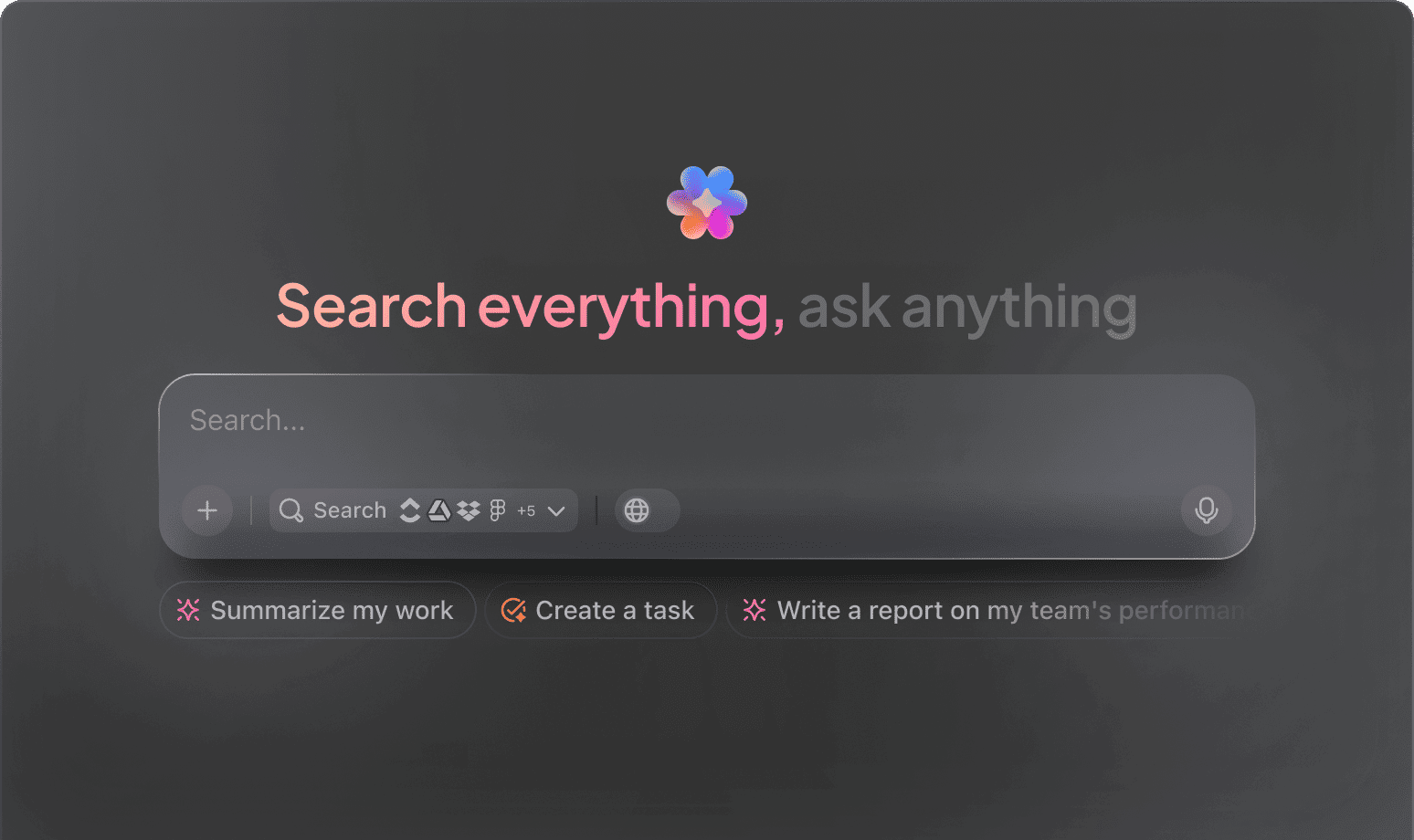AI Prompts for QA Automation
Top AI Prompts to Elevate QA Automation with ClickUp Brain
Accelerate your testing processes, reduce errors, and enhance quality assurance workflows using ClickUp Brain's intelligent AI prompts tailored for QA teams.
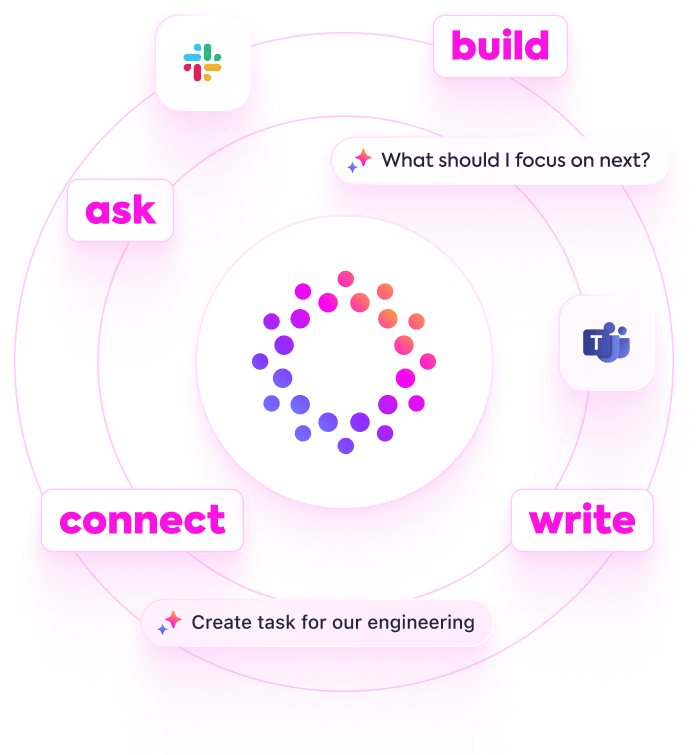
Trusted by the world’s leading businesses
AI Empowering QA Automation
Revolutionizing QA Automation with AI Prompts in ClickUp Brain
Quality assurance is no longer just about finding bugs—it's about accelerating delivery and ensuring flawless software.
From test case creation to defect tracking, environment setup, and regression analysis, QA teams juggle numerous tasks and documentation. AI prompts are now pivotal in managing this complexity.
QA teams leverage AI to:
- Quickly generate relevant test scenarios and edge cases
- Automate drafting of test scripts and validation criteria
- Extract key insights from bug reports and logs
- Transform unstructured feedback into prioritized action items
Embedded within familiar tools—such as docs, boards, and task lists—AI in solutions like ClickUp Brain seamlessly converts scattered QA inputs into structured, executable plans.
ClickUp Brain Compared to Conventional Solutions
Why ClickUp Brain Stands Out
ClickUp Brain integrates seamlessly, understands your context, and empowers you to focus on delivering results, not explanations.
Conventional AI Platforms
- Constantly toggling between multiple apps to collect information
- Repeating your objectives with every new query
- Receiving generic, irrelevant suggestions
- Hunting through numerous platforms to locate a single document
- Interacting with AI that only processes input without action
- Manually switching among different AI engines
- Merely an added browser plugin
ClickUp Brain
- Deeply integrated with your projects, documents, and team communications
- Retains your previous interactions and targets
- Provides insightful, context-driven recommendations
- Offers consolidated search across all your resources
- Supports hands-free commands through voice input
- Automatically selects the optimal AI model: GPT, Claude, Gemini
- Dedicated desktop applications for Mac & Windows optimized for performance
Prompts for QA Automation
15 Essential AI Prompts for QA Automation with ClickUp Brain
Accelerate your testing cycles—insights, planning, and reporting simplified.

Identify 5 critical test scenarios for a new mobile app feature, based on the ‘Sprint 12 Test Plan’ document.
Use Case: Speeds up test case creation using previous sprint data.
ClickUp Brain Behaviour: Analyzes linked documents to extract relevant scenarios and suggest focused test cases.

What are the most common UI bugs reported in the last quarter for our web platform?
Use case: Supports prioritization of bug fixes with data-driven insights.
ClickUp Brain Behaviour: Aggregates and summarizes bug reports from internal tracking docs; Brain Max can incorporate external feedback if available.

Draft a test strategy outline for API performance testing referencing ‘API Testing Guidelines’ and past test results.
Use Case: Aligns QA and development teams on testing objectives.
ClickUp Brain Behaviour: Extracts key points from linked docs to assemble a clear, actionable test plan.

Summarize regression test coverage gaps identified between Release 1.2 and 1.3 using the ‘Test Coverage Report’ doc.
Use Case: Highlights areas needing additional testing without manual review.
ClickUp Brain Behaviour: Pulls data from reports and presents a concise comparison of coverage changes.

List top automation tools used in our projects, referencing internal tool evaluation notes and vendor comparisons.
Use Case: Helps select the best-fit automation framework.
ClickUp Brain Behavior: Scans documents to identify frequently mentioned tools and their pros and cons.

From the ‘Load Testing Results’ doc, generate a checklist for performance bottleneck identification.
Use Case: Streamlines analysis and reporting of load test outcomes.
ClickUp Brain Behavior: Extracts key metrics and criteria to form a structured review checklist.

Summarize 3 emerging trends in test automation frameworks from recent industry reports and internal research.
Use Case: Keeps QA teams updated on best practices and new tools.
ClickUp Brain Behavior: Identifies common themes and innovations from linked documents.

From the ‘User Feedback Q1’ doc, summarize main usability issues affecting mobile app stability.
Use Case: Guides QA focus on critical user pain points.
ClickUp Brain Behavior: Analyzes survey data and feedback to highlight recurring problems.

Write concise, clear bug report templates following the style guide in ‘QA Writing Standards.pdf.’
Use Case: Ensures consistent and effective communication across teams.
ClickUp Brain Behavior: Extracts tone and format guidelines to suggest standardized report templates.

Summarize key changes in the upcoming ISO 29119 testing standards and their impact on our QA processes.
Use Case: Prepares teams for compliance and process updates.
ClickUp Brain Behavior: Reviews linked standards documents and highlights relevant updates.

Generate a checklist for security testing compliance based on GDPR and internal policy documents.
Use Case: Ensures thorough validation of data protection measures.
ClickUp Brain Behavior: Extracts requirements and converts them into actionable test steps.

Create a defect prioritization matrix comparing severity and impact from recent sprint reports.
Use Case: Helps QA and product teams focus on critical issues first.
ClickUp Brain Behavior: Synthesizes data into a clear, visual prioritization guide.

What automation scripts are most effective for cross-browser testing since 2023?
Use Case: Supports optimization of test automation suites.
ClickUp Brain Behavior: Analyzes past test runs and documentation to identify high-performing scripts.

Summarize usability test findings from the Southeast Asia market focusing on mobile app responsiveness and error rates.
Use Case: Drives region-specific QA improvements.
ClickUp Brain Behavior: Extracts and ranks user-reported issues from feedback and test logs.

Summarize key cabin usability gaps from the Southeast Asia EV feedback folder (materials, layout, interactions).
Use Case: Drives region-specific product improvements.
ClickUp Brain Behavior: Extracts and prioritizes user-reported issues across survey responses, feedback notes, and tagged tickets.
Accelerate QA Automation with ClickUp Brain
Cut down on repetitive testing, unify your QA team, and produce superior automation scripts using AI-driven workflows.





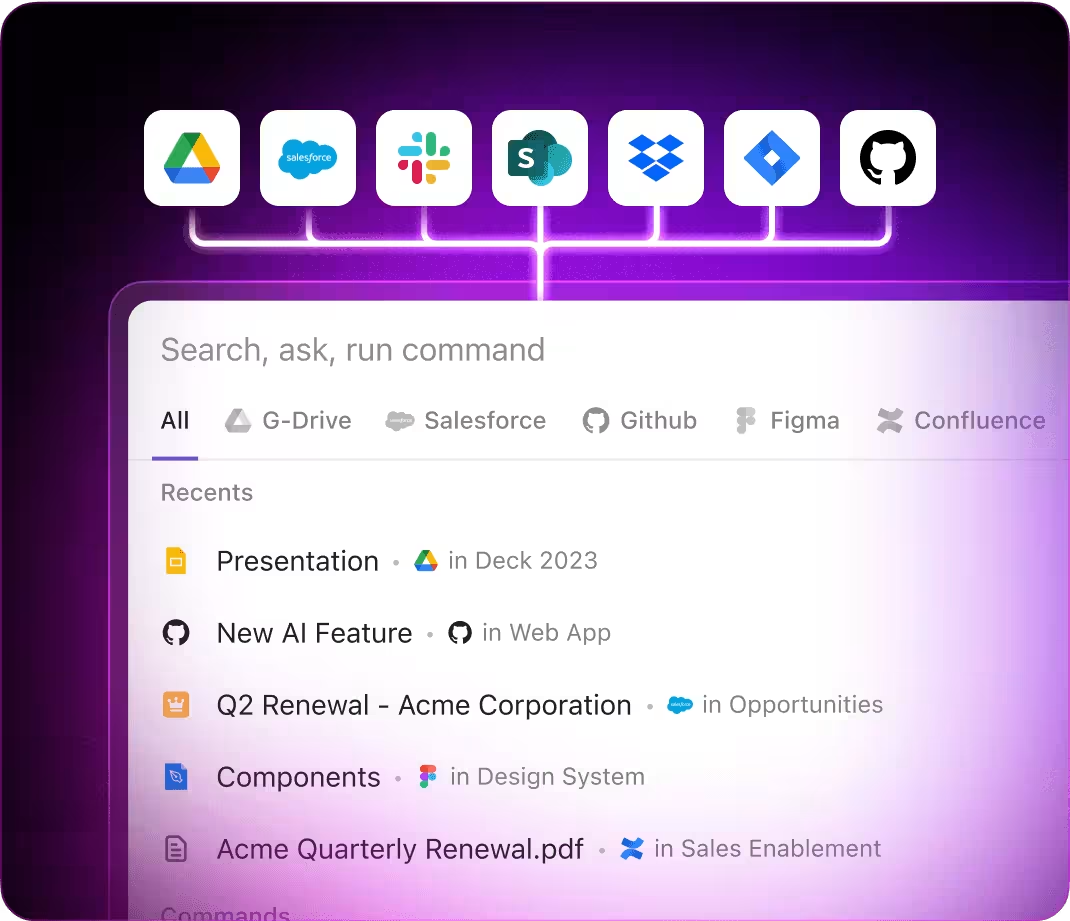
AI Applications
Leading 3 Applications of AI Prompts in QA Automation Workflow
Speed up testing cycles, enhance precision, and discover innovative automation strategies with AI prompts
From Test Ideas to Detailed QA Documentation
Early test planning usually involves fragmented notes and unclear outlines. ClickUp Brain organizes these into clear, collaborative QA plans—right within ClickUp Docs.
Leverage ClickUp Brain to:
- Convert initial test thoughts into comprehensive test case templates
- Produce fresh testing strategies informed by previous project data (through context-aware AI assistance)
- With Brain Max, instantly access historical bug reports, test results, and feedback to enhance your next testing cycle.
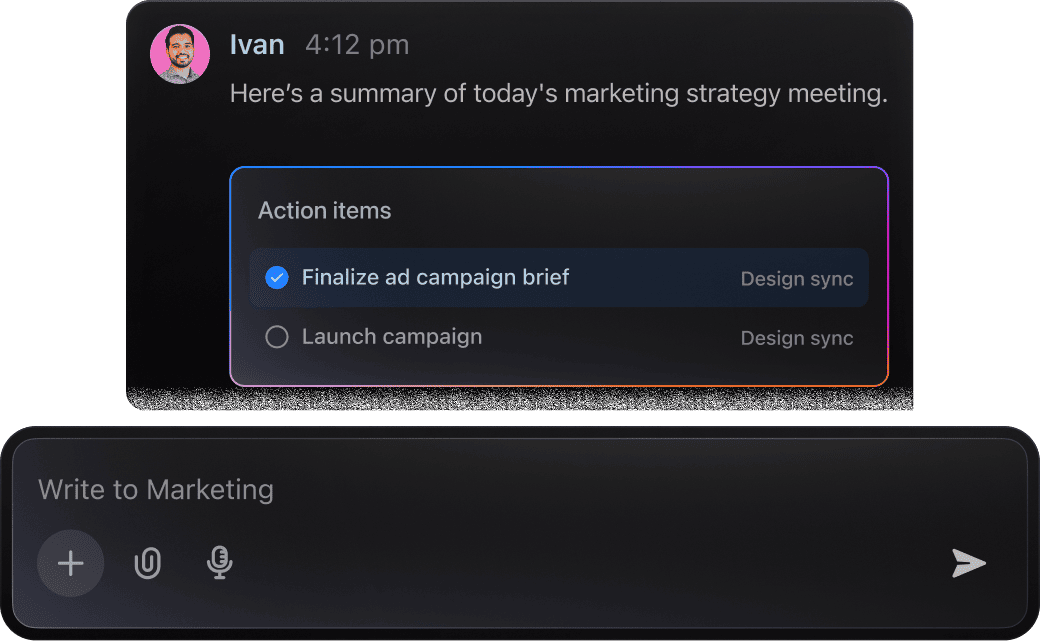
From Design to Development
Development teams handle complex task details and feedback loops daily. ClickUp Brain simplifies this by pinpointing key action points, highlighting risks, and crafting next-step plans from your documentation.
Leverage ClickUp Brain to:
- Condense detailed technical conversations within tasks or Docs
- Convert annotated design feedback into actionable development tickets
- Automatically generate bug reports or transition summaries
- With Brain Max, instantly access past design choices, component analyses, or project discussions across your workspace—eliminating tedious searches through CAD annotations.
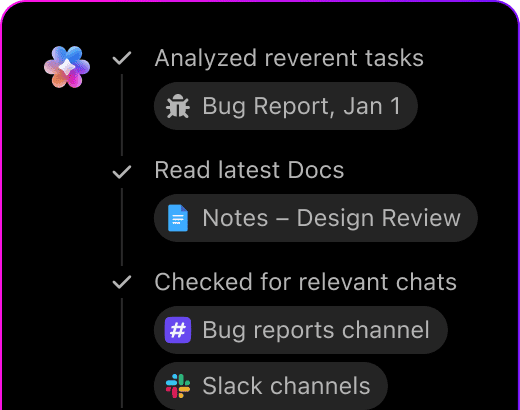
QA Automation with ClickUp Brain
Managing test scripts, bug reports, and automation workflows can overwhelm QA teams. ClickUp Brain simplifies this by extracting key findings and crafting precise automation prompts tailored to your projects.
Leverage ClickUp Brain to:
- Analyze test logs and highlight critical issues
- Create clear, consistent test case descriptions across suites
- Convert feedback and error reports into prioritized action items
- Brain Max enhances this by linking past test results and regression data for comprehensive context, even in complex release cycles.
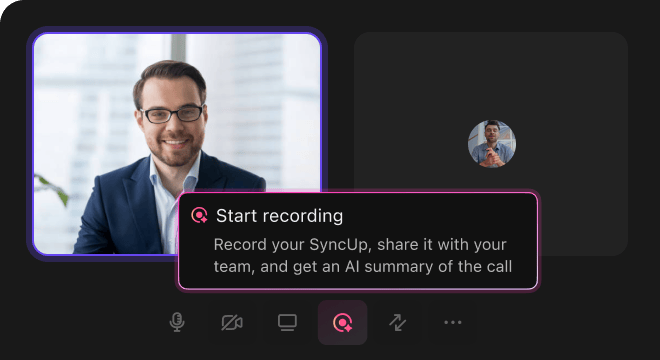
AI Advantages
How AI Prompts Revolutionize QA Automation Processes
Integrating AI prompt workflows enhances every stage of your QA automation journey:
- Accelerate test creation: Quickly generate test cases, scripts, and scenarios with precision
- Reduce errors: Detect discrepancies by analyzing historical test results and bug reports
- Align your team: AI-crafted summaries and reports keep everyone informed and coordinated
- Make informed choices: Use prompts to gather insights on compliance and performance metrics
- Elevate quality assurance: Innovate testing strategies beyond standard procedures.
All these capabilities integrate directly within ClickUp, turning your AI-generated content into actionable tasks, documentation, and dashboards that drive your QA projects forward.
Prompt Strategies
Crafting Effective Prompts for QA Automation
Clear prompts drive precise testing insights.

Define the testing scenario clearly
Broad prompts yield vague results. Specify details like application type (e.g., “mobile banking app” or “e-commerce platform”), testing focus (e.g., “security validation” or “performance under load”), or user environment (e.g., “low bandwidth conditions”).
Example: “Generate test cases for login functionality on an Android banking app with two-factor authentication.”

Use comparative prompts to evaluate test approaches
AI excels at contrasting options. Use prompts like “compare X vs Y” to assess different testing methods, tools, or frameworks.
Example: “Compare automated regression testing with manual exploratory testing for a SaaS product.”

Frame prompts around specific QA goals
Treat your prompt as a clear task for AI to accomplish. Instead of vague requests, focus on desired outcomes:
Example: “Develop a checklist for load testing an online retail website during peak hours.”

Specify desired output formats
Need a test plan outline, bug report template, or step-by-step procedure? Clearly state it. AI delivers better when the output style is defined.
Example: “Provide a bullet-point list of critical security test cases for a healthcare app with explanations.”
Enhance QA Automation with ClickUp Brain
ClickUp Brain goes beyond managing tasks—it's your strategic partner throughout the entire QA automation process.





